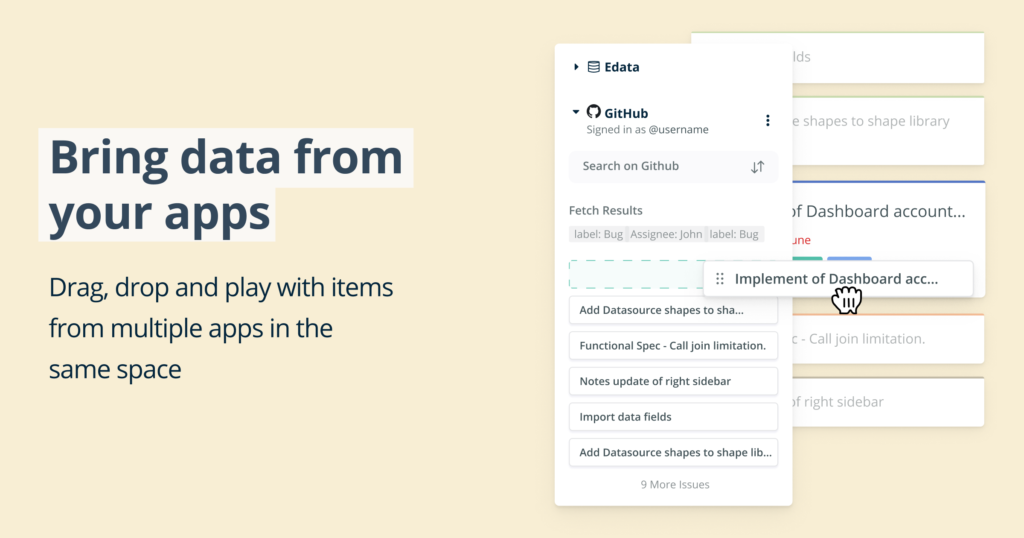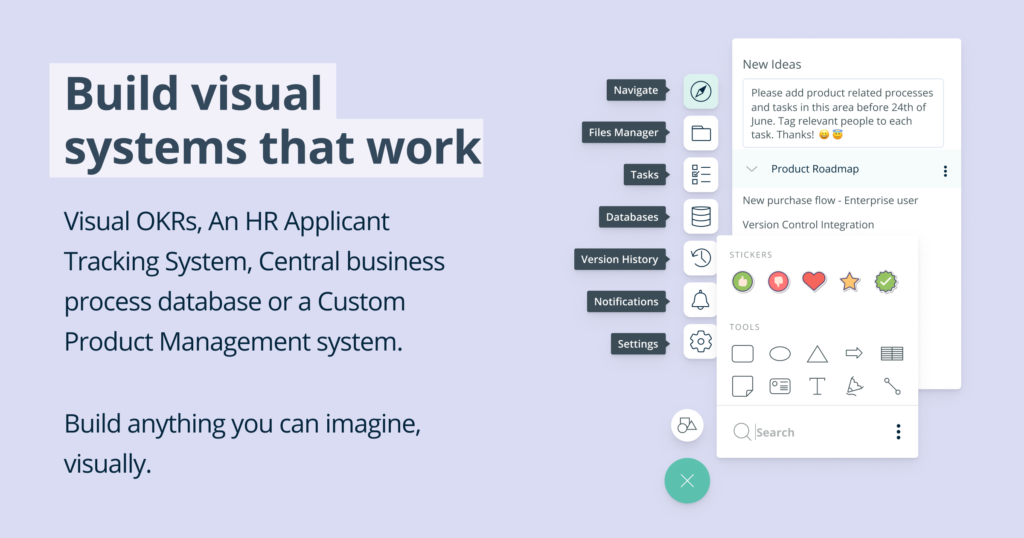If you only had 1 hour to teach me how to be a business analyst, what would you teach me?
Many people want to know where to start when they have to choose the first Business Analysis course to do. Business Analysis is by no means a profession that can be mastered in 1 hour, but let’s play this game and see how we will prioritize the essence of Business Analysis if we had to teach someone in 1 hour!
Let me share with you what I think you should be teaching me during this hour.
In this game it is 09:00am in the morning and I come rushing to your desk asking you to please teach me all the most important aspects of Business Analysis. I have a meeting with an important Business Analysis Manager at 10:00am who may provide me with an entry level Business Analyst position. Keep in mind that I know very little about Business Analysis but I am a fast learner. You say that an hour is not nearly enough the learn all about Business Analysis but you will give me an overview of the most important aspects of Business Analysis so that I can attempt to have a intelligent conversation with the Business Analysis Manager! So we get right into it.
 The essence of Business Analysis Fundamentals in only one hour…
The essence of Business Analysis Fundamentals in only one hour…
9:00am – 9:10am
We start with answering the question of: “What is Business Analysis?” This includes a definition and a practical example of what the role of the Business Analyst is in a project environment at a conceptual level.
Then as part of explaining the role of the Business Analyst you will provide me with a very quick overview of what the System Development Life Cycle (or SDLC) is all about and the phases of the SDLC the Business Analyst play the biggest role in. Luckily I’ve learnt in a previous role about the SDLC, so at least this part doesn’t take too long to explain. This enables you to quickly also tell me about the Agile Project Methodology but to be honest; I don’t really fully understand this yet. I disregard this information simply because I don’t think the Business Analysis Manager will discuss this because you mentioned that the company doesn’t yet use the Agile Methodology in practice.
So far everything seems to make sense but I realize it is only conceptual and high level.
9:11am – 9:20am
This next 10 minutes you dive right into Requirements Gathering and the theory of what a requirement is. You describe different types of requirements to me very briefly and also outline the key attributes that a requirement should have. You are carefully giving me some practical and simple examples of requirements so that I can at least understand the differences between a Stakeholder Requirement, a Solution Requirement and how Functional Requirements and Non-functional Requirements fit into the picture!
This is stretching our time slot for this topic but you also provide a really quick overview of what a Business Requirements Document should contain.
9:21am – 9:30am
Now that you explained the theory behind requirements to me you dive right into requirements gathering techniques. You start with Requirements Interviewing and explain to me the essence of how you plan, execute and follow up requirements interviews. This is making sense to me but I can see how asking the right types of questions at the right stage of the requirements development cycle could be quite a challenging skill to learn. This is not even considering asking the questions in a way which will result in the information and requirements that I will be after during such an interview. However, again it is making sense in theory but I think this is a practical skill I would need to really learn and practice in real life before I can master requirements interviews. You now very briefly mention that you run requirements elicitation workshops as well and that although the purpose is still to determine the requirements for a potential solution, the dynamics and approach for requirements workshops are quite different. There is however no time to go into these differences!
You mention just before we move onto our next topic that there are also some other requirements elicitation techniques that is used called Surveys and Observation but this we will have to leave for another day too!
 9:31am – 9:40am
9:31am – 9:40am
Wow, we now only have half an hour left and we haven’t even looked at Requirements Management or Planning yet! Let’s first cover the importance of Stakeholder Analysis and Stakeholder Management. You start to explain the concept of having different types of stakeholders which are involved with a project and that everyone plays a different role. You try and cover a stakeholder analysis technique called the RACI model and I think I may have come across this a few years ago in another role. I can see that Stakeholder Engagement and Analysis is a very important part of Business Analysis and take this onboard in a general sense. Again, I would have to leave understanding the techniques and different relationships building aspects and approaches for another day.
9:41am – 9:50am
We now have 20 minutes left and you are saying that you will do your best to explain the most common types of modelling techniques are used and the purpose of each. You don’t have time to try and explain how to apply any of these modelling techniques but want me to be aware they exist and have a specific part to play within Business Analysis. The Business Analysis Modelling Techniques you choose to cover in this way is UML Use Case Diagrams, Business Process Maps (just generally!) and Data Modelling. You also say something about Current State and Future State models but again this is too much for me to digest. It is good to know these models exist and at least I know that these are great models for me to explore and learn more of after this meeting that is coming up. Until then, I will do my best to remember your lessons so far.
9:51am – 10:00am
Now we literally are at the last few minutes before my big meeting and you say that you might just use these ten minutes to tell me the main topics that you didn’t find time to cover. You say you haven’t been able to even touch of Enterprise Level Analysis, Requirements Management and Planning or Solution Validation approaches and techniques. You say the Requirements Trace-ability and understanding the Requirements Approach that a project chooses to follow is really important but hopefully the Business Analysis Manager will not expect of you to understand these concepts yet.
Now I have to run to not be late for my meeting. I quickly thank you for taking the time to teach me so many things in such a short space of time. I also mention that I now have a much better appreciation for the scale of Business Analysis and that it can definitely NOT be learned in 1 hour. But what I can confirm is that you can get a good appreciation of what Business Analysis entails within an hour and I am very excited about to possibility to become a Junior Business Analyst soon.
In conclusion
Are these the things that you believe you would have taught me during the hour? Or would you have chosen different aspects to emphasize? Business Analysis is such a vast field of study and have many different dimensions and perspectives that it is impossible to master in any short amount of time. Many people have a full business analysis career during which time they remain challenged, interested and are continuously learning new skills.






